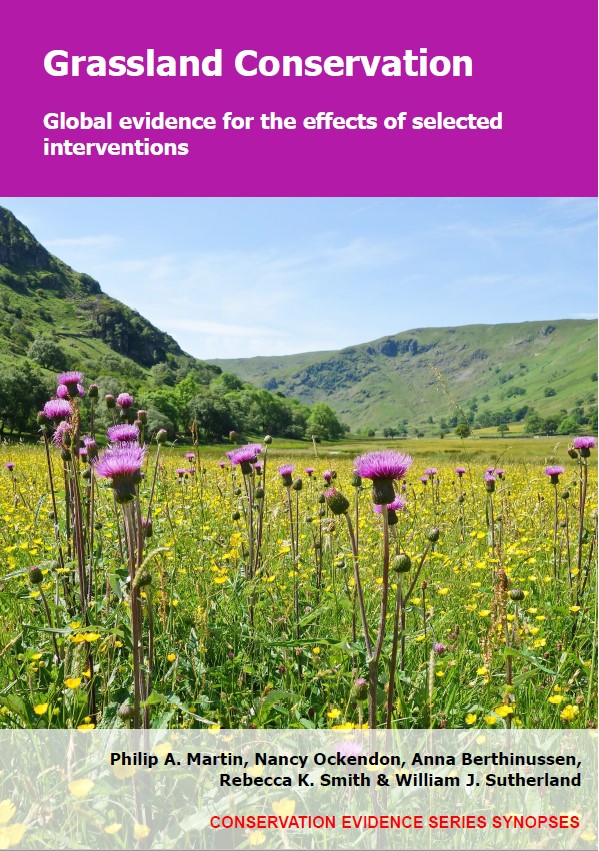Remove vegetation before seeding/planting
-
Overall effectiveness category Evidence not assessed
-
Number of studies: 2
View assessment score
Hide assessment score
How is the evidence assessed?
-
Effectiveness
not assessed -
Certainty
not assessed -
Harms
not assessed
Study locations
Supporting evidence from individual studies
A replicated, randomized, controlled study in 1986 in a former arable field in Sussex, UK (Hutchings & Booth 1996) found that removing vegetation before sowing seeds increased the germination of four grassland plant species compared to sowing without vegetation removal. The average percentage of seeds that germinated for four grassland plant species was higher in plots where vegetation was removed and seeds sown (7.0–45.5%) than in plots where seeds were sown but vegetation was not removed (0.1–1.8%). In April 1986, all vegetation was removed (cut at ground level) from twenty 7 x 5 m plots, and seeds were sown of either Achillea millefolium, Pimpinella saxifraga, Plantago media or Scabiosa columbaria (five plots sown/species). In twenty other plots, seeds were sown but vegetation was not removed. Plots were monitored for seed germination every 1–2 weeks until September 1986.
Study and other actions testedA replicated, controlled study in 2006–2007 in five grassland restoration sites in Belgium (Piqueray et al. 2013) found that removing vegetation, along with removing leaf litter, before sowing forb seeds increased the number of seedlings for one of three sown species compared to sowing alone. For one sown species, pasqueflower Pulsatilla vulgaris, the average number of seedlings was higher in plots where vegetation and litter were removed before sowing (3 seedlings/plot) than in plots where vegetation and litter were not removed before sowing (0.6 seedlings/plot). The two other sown species, mountain clover Trifolium montanum and prostrate speedwell Veronica prostrata, did not germinate in sown plots with or without vegetation and litter removal. In May–August 2007, at each of five sites, vegetation and litter were removed in four 1 x 1 m plots after which 25 seeds of Pulsatilla vulgaris, Trifolium montanum or Veronica prostrata were sown. In another four plots, seeds were sown but vegetation and litter were not removed. All sites were former forest stands that were clear cut and restored to grassland 3–14 years before the study. In May 2008, the number of seedlings in each plot was counted.
Study and other actions tested
Where has this evidence come from?
List of journals searched by synopsis
All the journals searched for all synopses
This Action forms part of the Action Synopsis:
Grassland Conservation
Grassland Conservation - Published 2021
Grassland Synopsis





)_2023.JPG)














